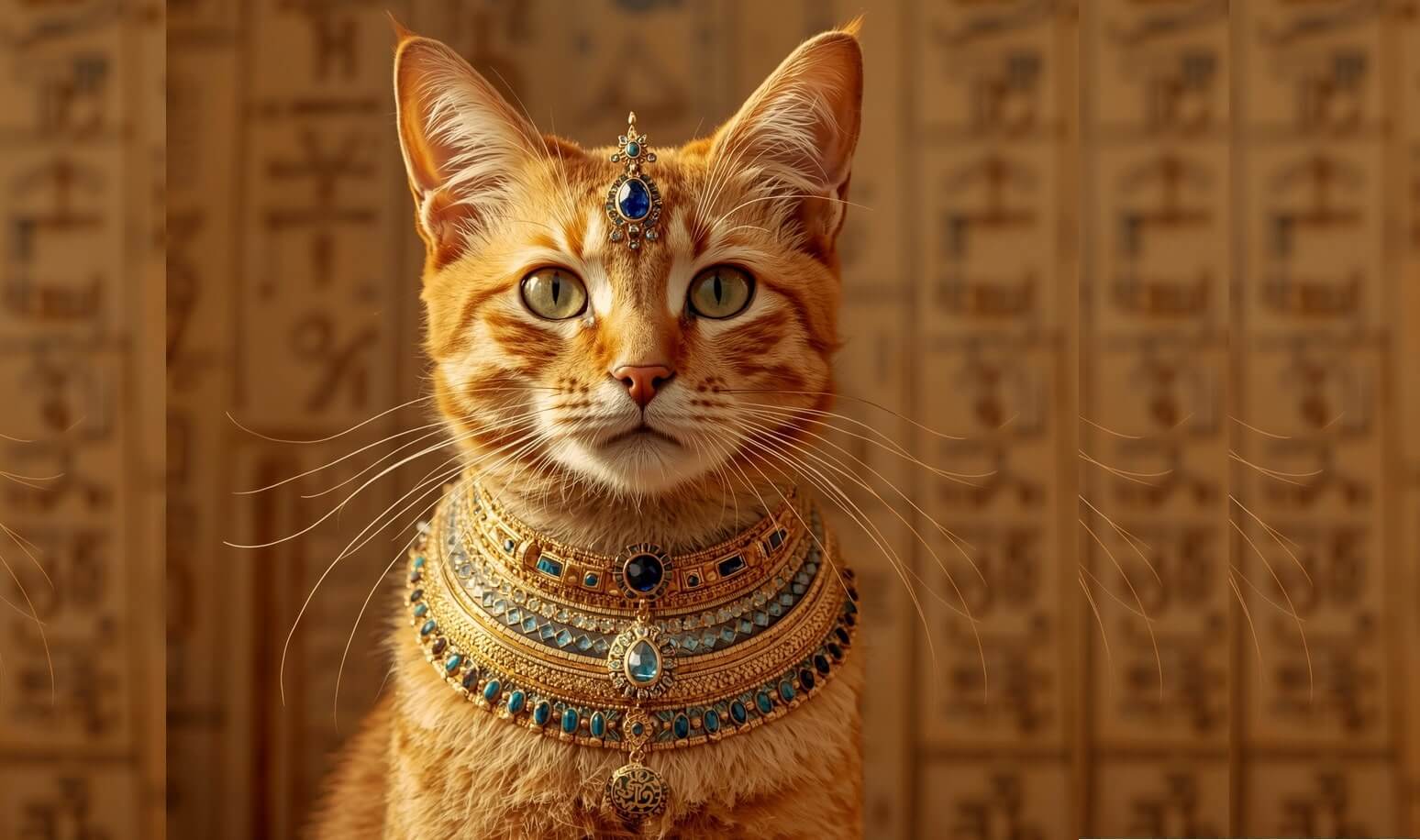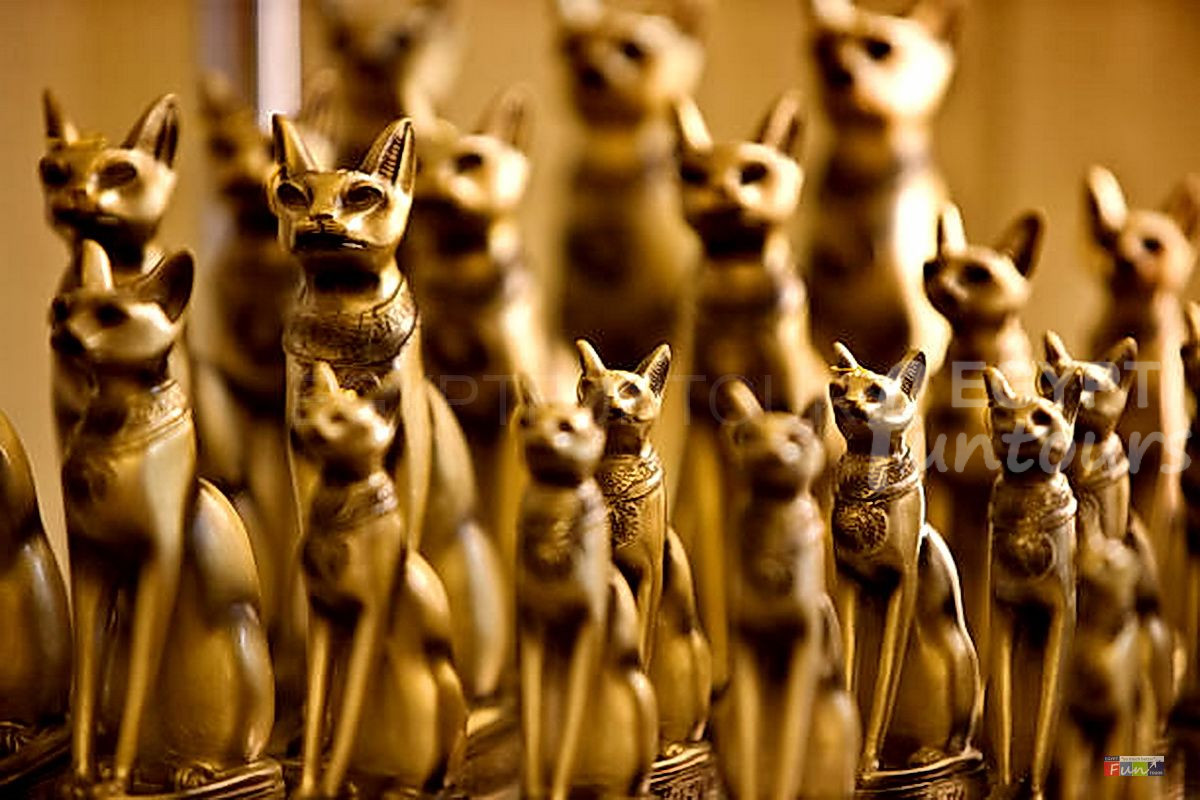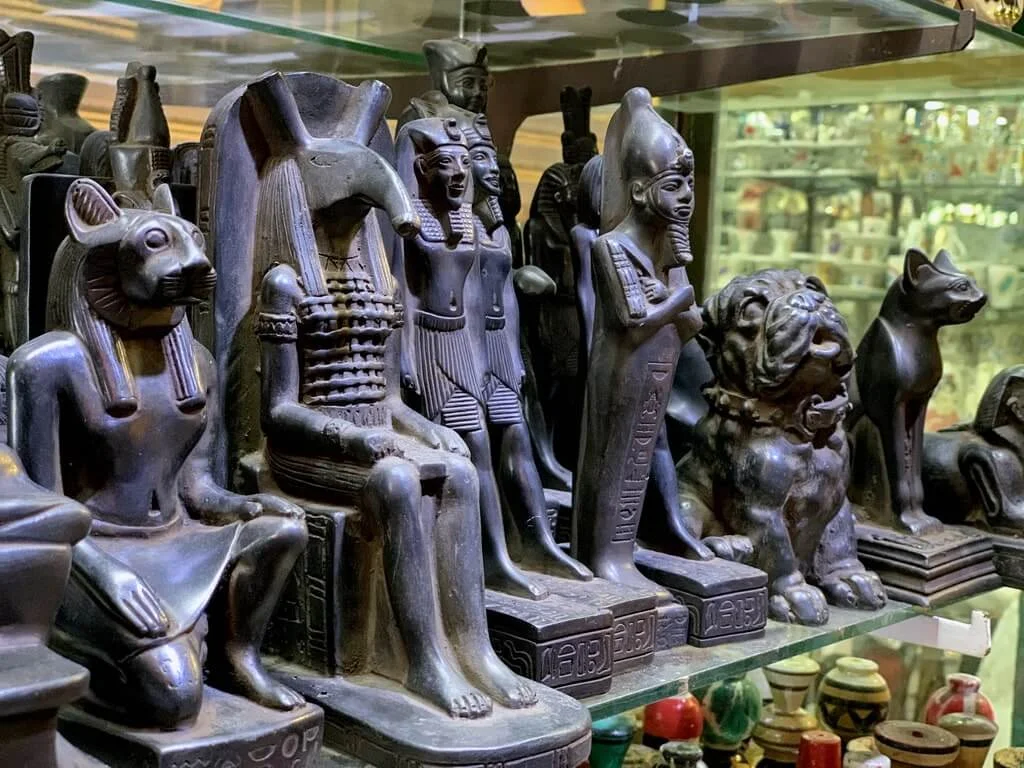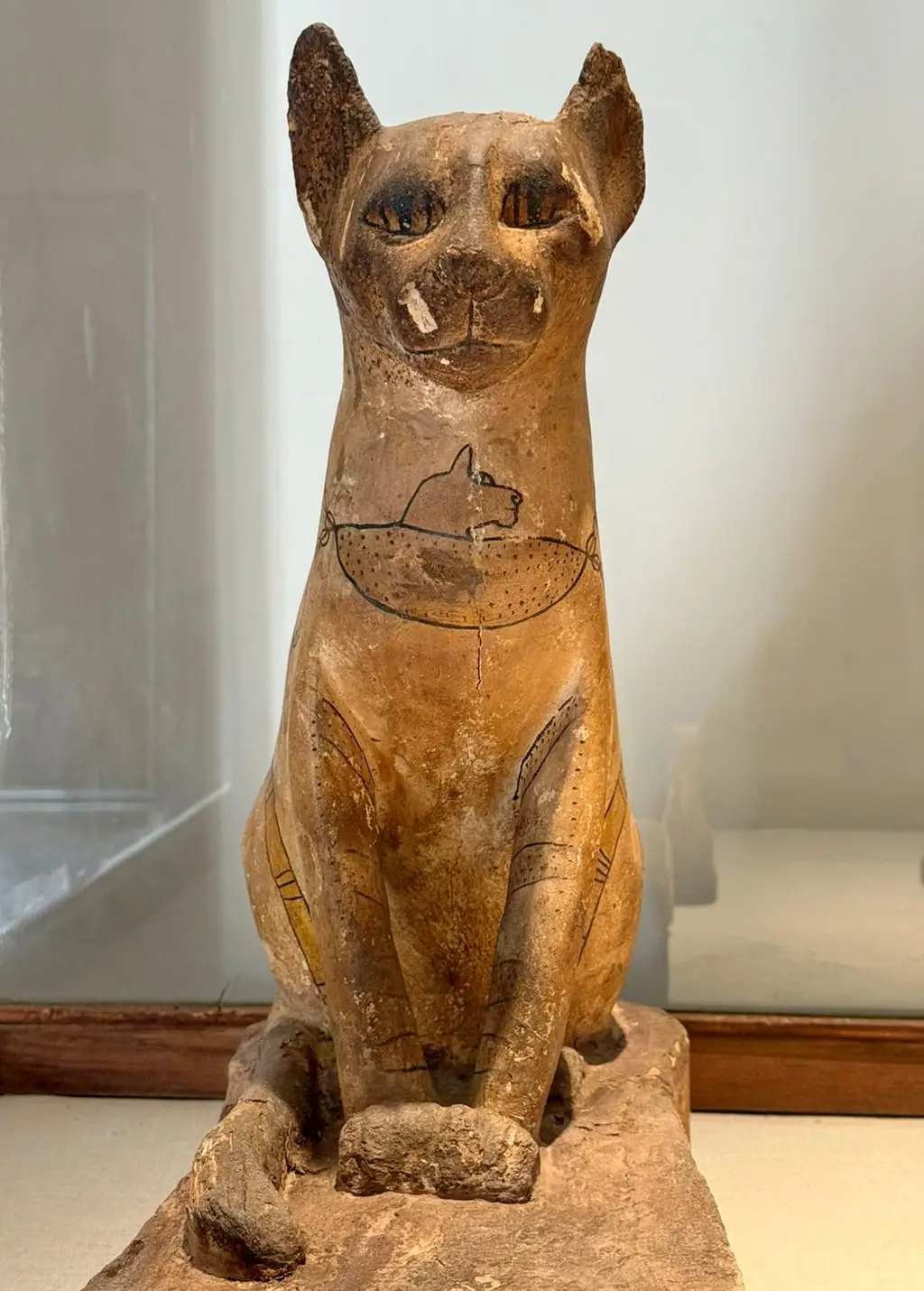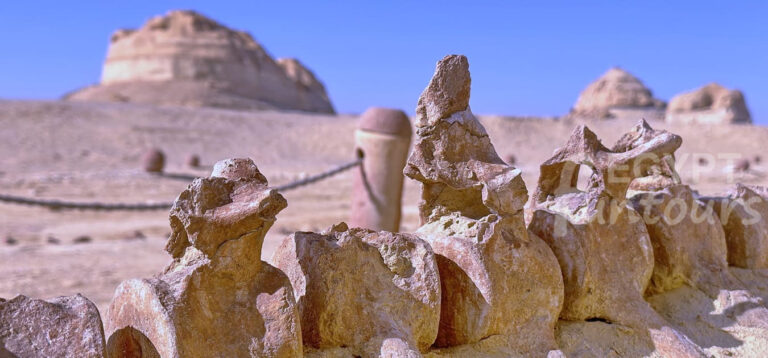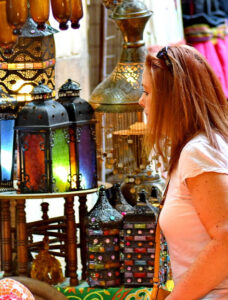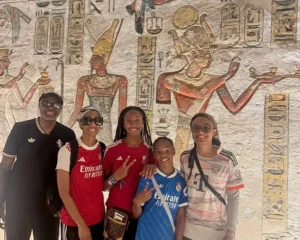Cats in Ancient Egypt: Feral Hunter & Divine Companion
Few animals associate as closely with a civilization as the cat does with Ancient Egypt. Their striking presence dominates Egyptian art and religion. You see Cats in Ancient Egypt as playful household pets adorned in gold. You find them as serene, powerful bronze statues. The cat’s status evolved rapidly. It moved from an accidental Nile Valley guest to a revered, sacred being. Its death could plunge a family into deep mourning.
This elevation stems from a profound dualism. The cat was both an essential, practical tool for survival and a tangible manifestation of divine protection. This guide explores the sacred relationship surrounding Cats in Ancient Egypt. We examine their indispensable role in pest control and detail their direct connection to the goddess Bastet. We uncover the fascinating, sometimes disturbing, practices of cat mummification. To fully appreciate their sacred status, we must first understand how they earned their place in the heart of the Egyptian home.

